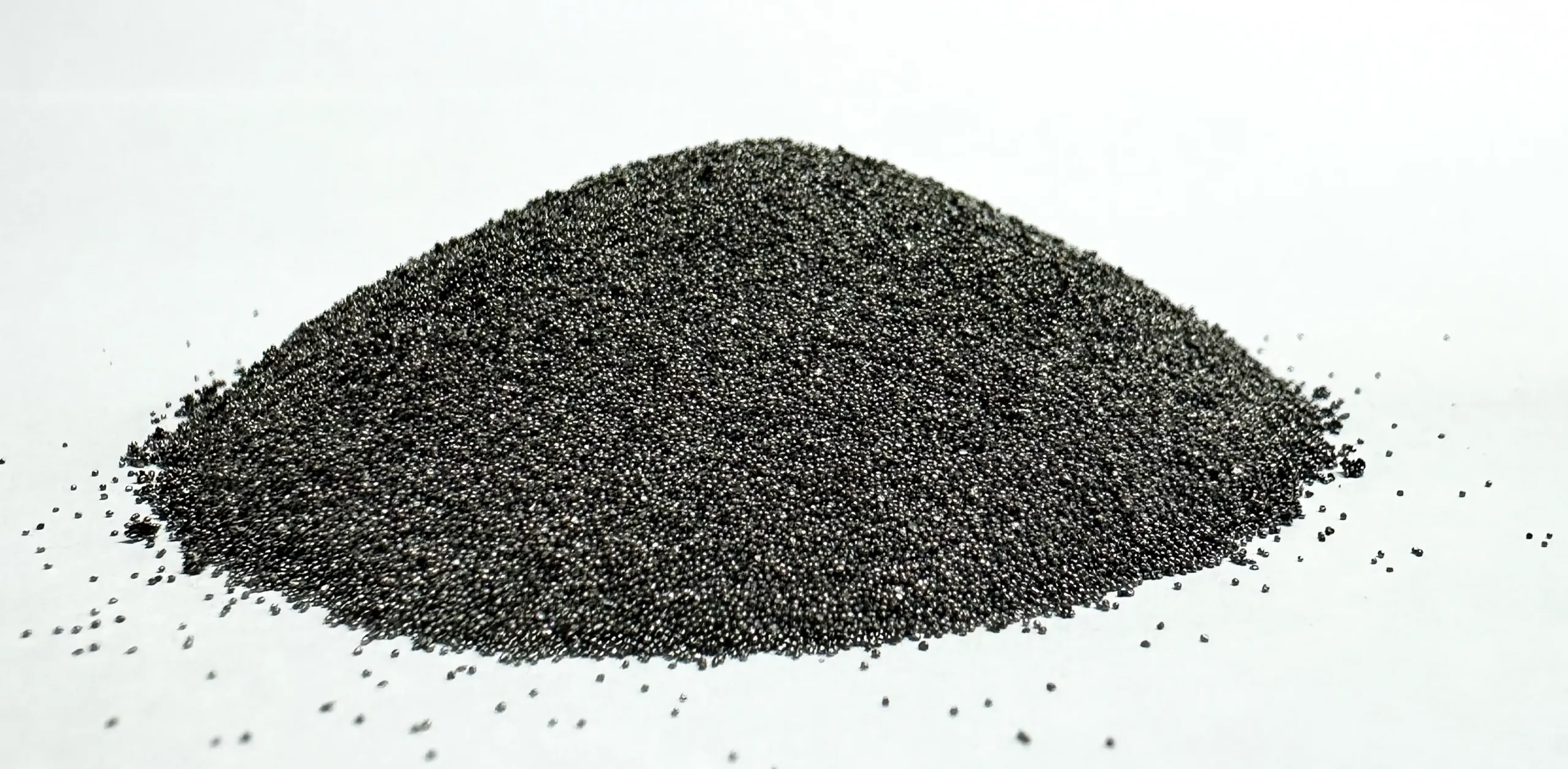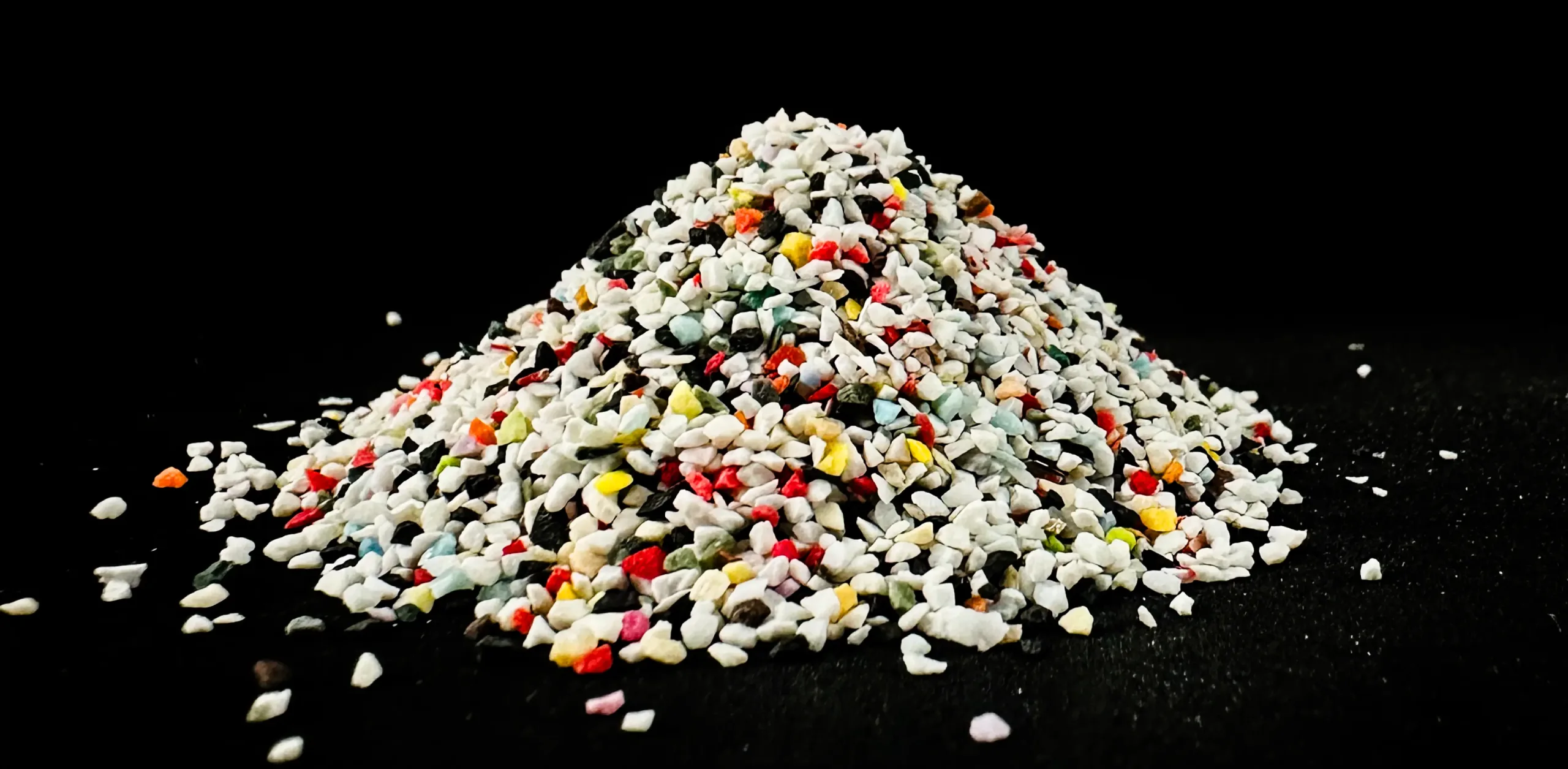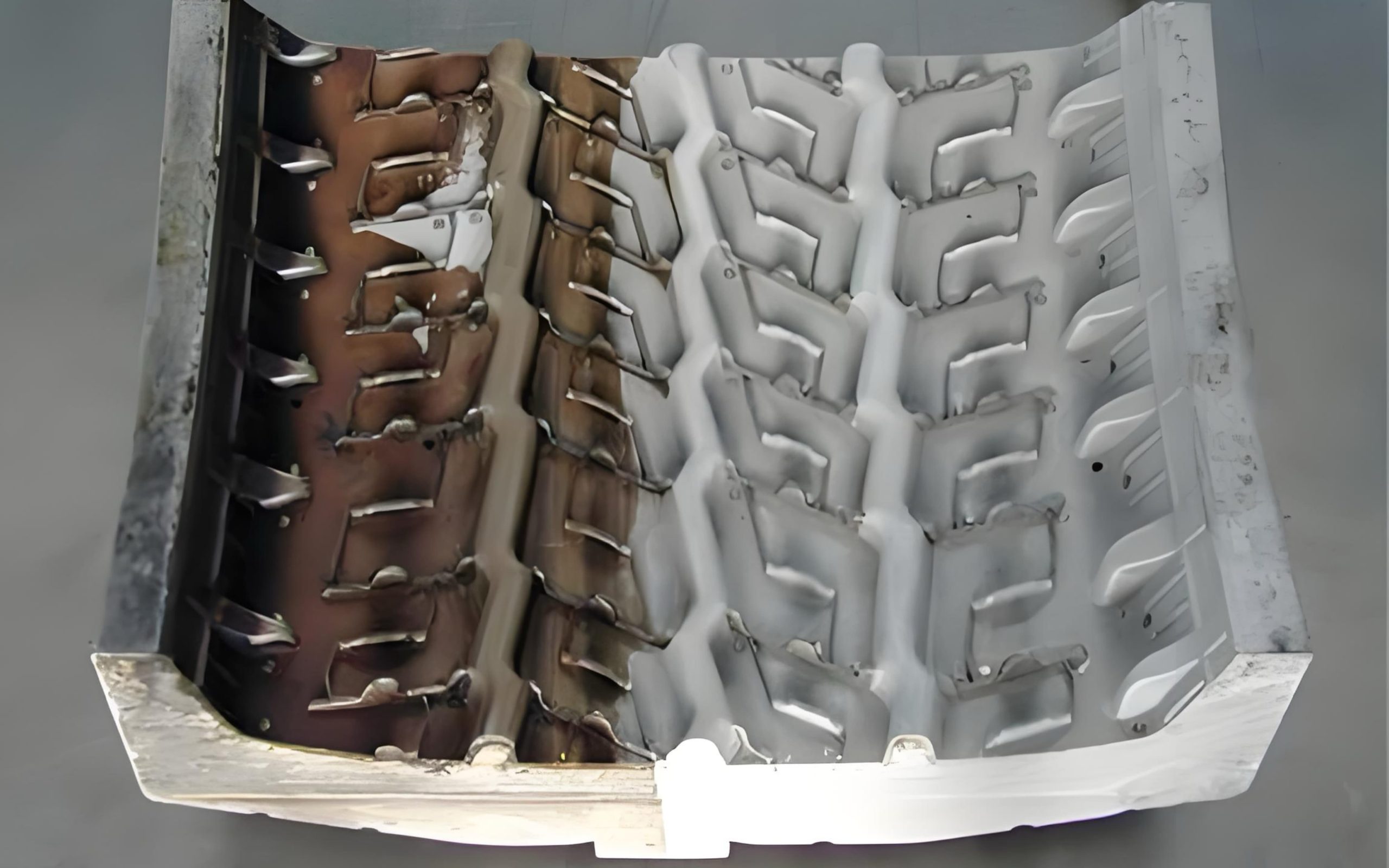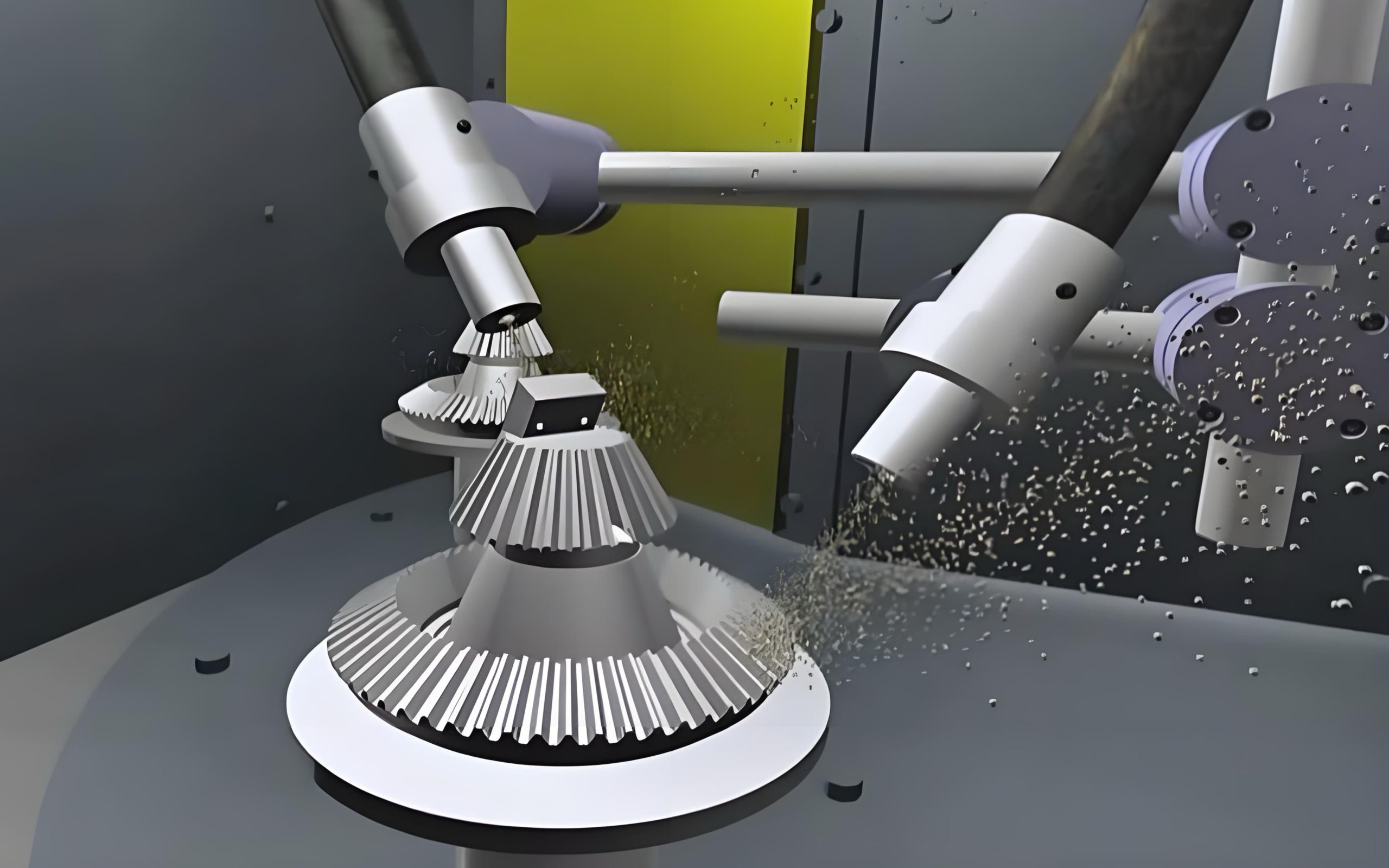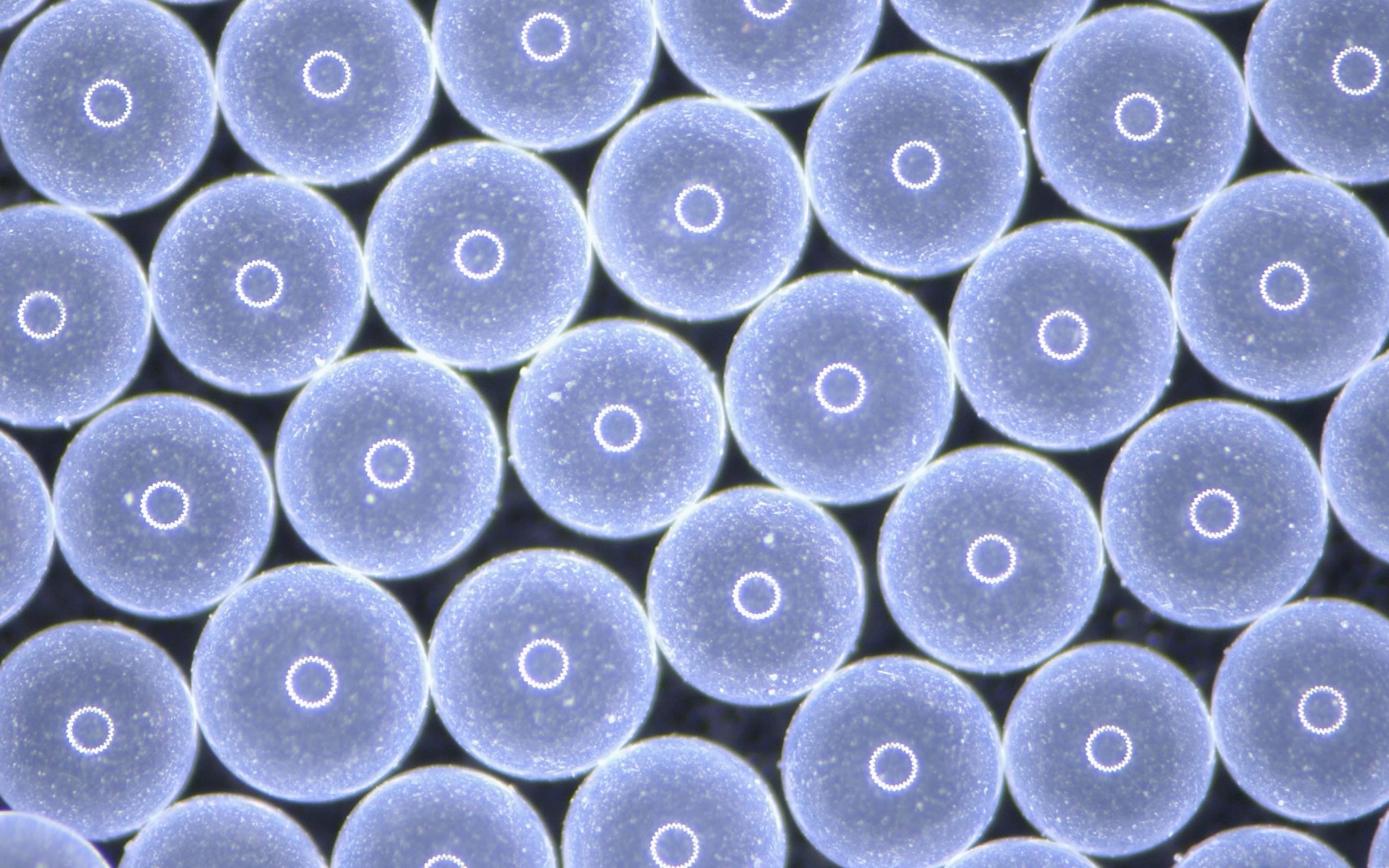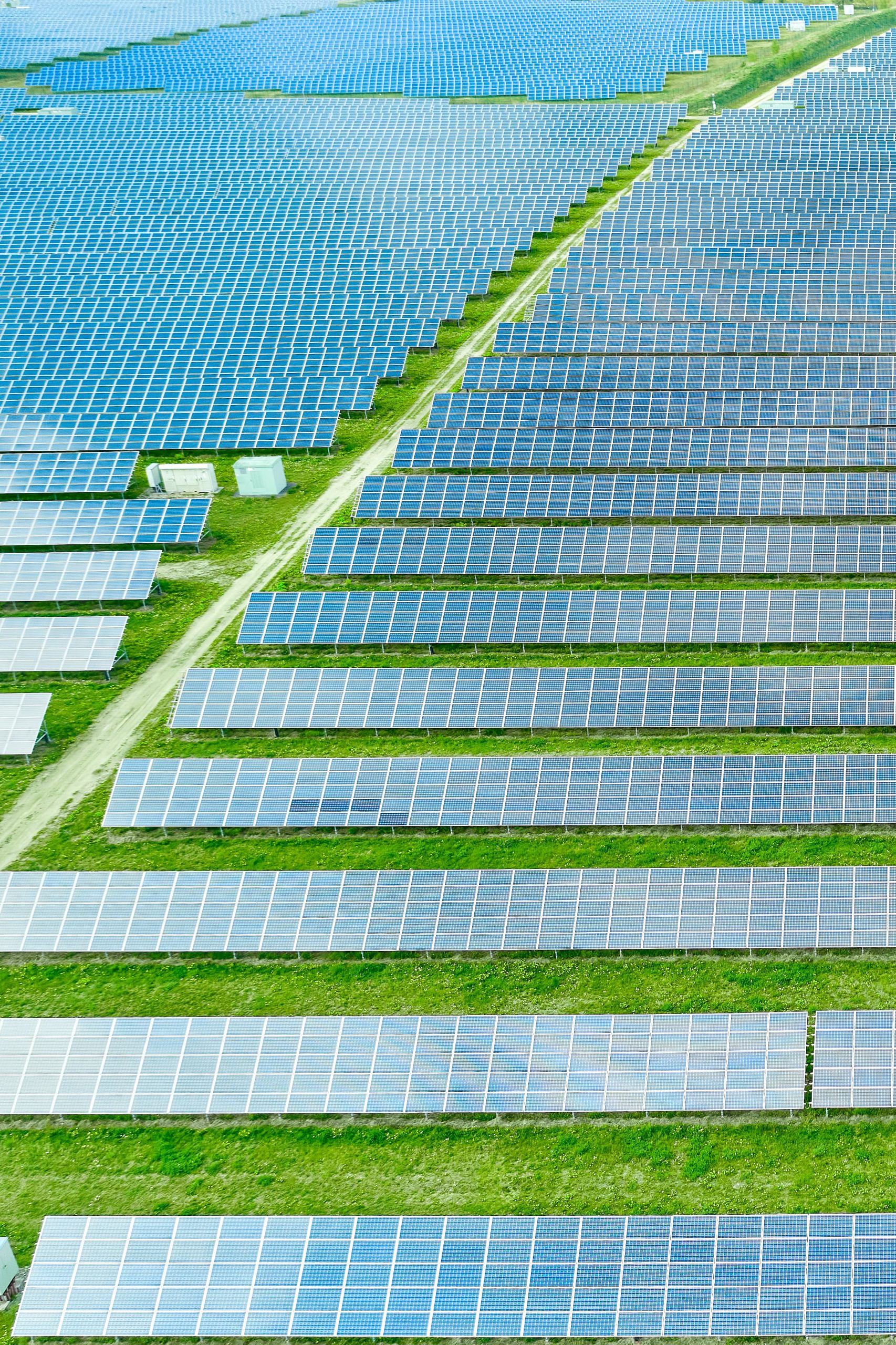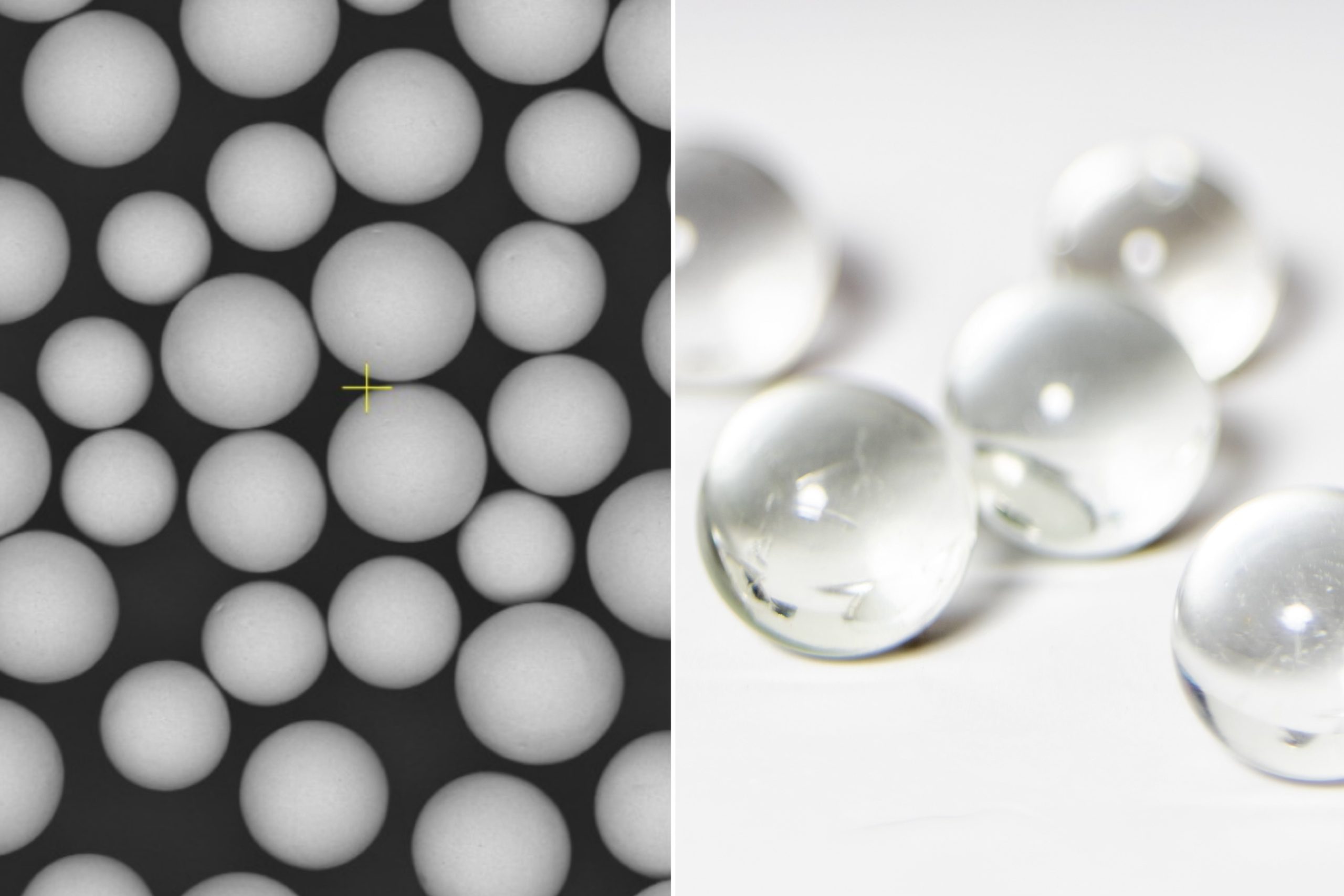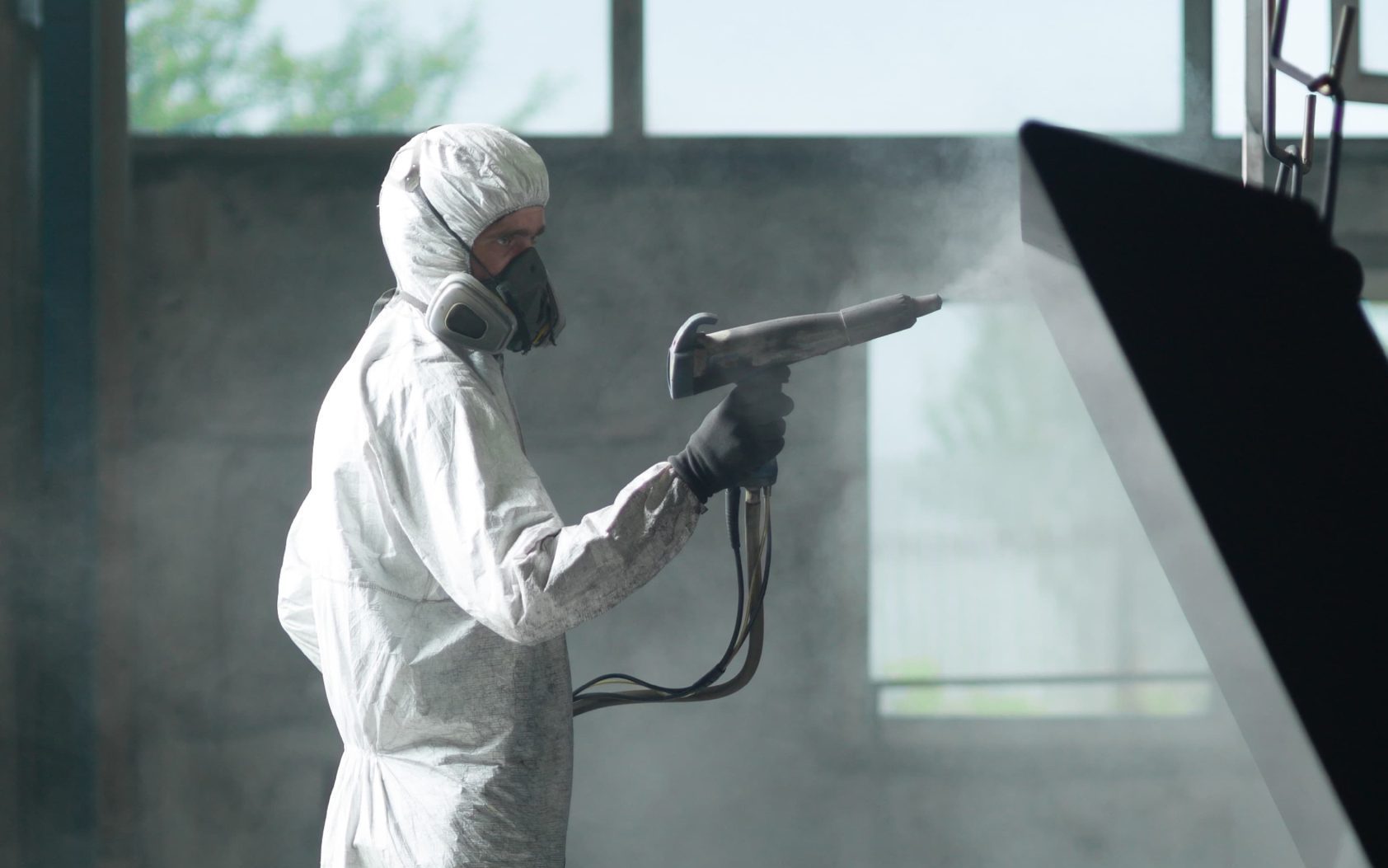Können Sie Kunststoff sandstrahlen?
September 18, 2024
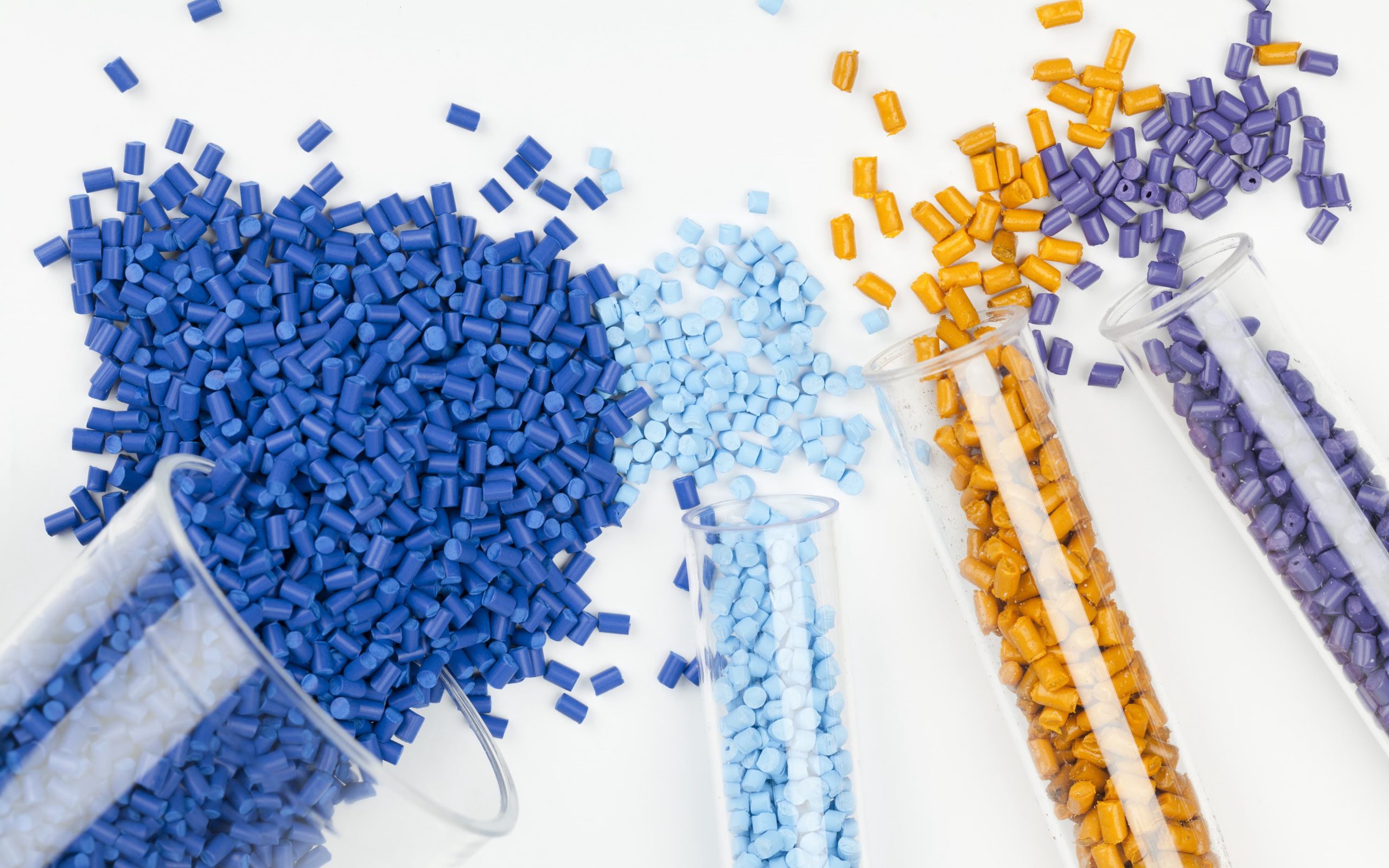
Unter Sandstrahlen versteht man im Allgemeinen eine Technik zur groben Bearbeitung der Oberfläche von harten Materialien (wie Metallen, Steinen und anderen verschleißfesten Materialien). Die Leistung und Wirkung des Sandstrahlens sind ebenfalls offensichtlich. Wenn wir jedoch über Kunststoffe sprechen, die relativ weiche Materialien sind, haben viele Menschen Fragen: Ist Sandstrahlen für Kunststoffe geeignet? Und muss ein spezielles Kunststoffmedium verwendet werden, um die Kunststoffoberfläche zu behandeln? Diese Fragen haben die Neugier der Menschen in hohem Maße geweckt. In der Tat ist das Sandstrahlen von Kunststoffen nicht nur machbar, sondern zeigt auch einzigartige Effekte und Anwendungsszenarien bei verschiedenen Kunststoffarten. Dieser Artikel wird Sie in die Welt des Kunststoffsandstrahlens entführen, die Anwendungen und Auswirkungen des Sandstrahlens verschiedener Kunststoffarten erkunden und das Geheimnis des Kunststoffsandstrahlens lüften.
Verschiedene Arten von Kunststoffen
Thermoplastische Kunststoffe
- Polyethylen (PE)
- Anwendungen in der Industrie:
- Lebensmittelverpackungen: Plastiktüten, Lebensmittelverpackungen, Flaschenverschlüsse
- Bauindustrie: Wasserversorgungs- und Abflussrohre, Fußbodenheizungsrohre
- Täglicher Bedarf: Plastiktüten, Behälter, Spielzeug
- Leistungsanforderungen:
- Zähigkeit und Durchstoßfestigkeit: Das Polyethylen in Lebensmittelverpackungen muss so flexibel sein, dass der Beutel bei der Verwendung nicht bricht, und es muss außerdem durchstoßfest sein.
- Chemikalien- und UV-Beständigkeit: Rohre, die im Freien verwendet werden, müssen korrosiven Chemikalien und der Alterung durch Sonnenlicht widerstehen.
- Die Rolle der Sandstrahlmittel: Verbesserung der Oberflächenebenheit und der Abdichtung von Lebensmittelverpackungen und Kunststoffdichtungsmaterialien.
- Geeignete Sandstrahlmittel: Quarzsand, Glasperlen, Aluminiumoxid-Strahlmittel
- Polypropylen (PP)
- Anwendungen in der Industrie:
- Medizinische Geräte: Spritzen, Einweginfusionsbeutel
- Automobilbau: Stoßstangen, Armaturenbretter, Scheinwerfergehäuse
- Haushaltsgeräte: Einlage für Reiskocher, Teile für Waschmaschinen
- Leistungsanforderungen:
- Hohe Temperaturstabilität und Hitzebeständigkeit: In medizinischen und automobilen Anwendungen muss PP in Umgebungen mit hohen Temperaturen stabil bleiben.
- Stoßfestigkeit: Stoßstangen für Autos und Teile von Haushaltsgeräten erfordern eine hohe Schlagfestigkeit.
- Die Rolle der Sandstrahlmittel: Entfernen Sie Produktionsrückstände, sorgen Sie für eine saubere Oberfläche und verbessern Sie die Haftfähigkeit.
- Geeignete Sandstrahlmittel: Quarzsand, Glasperlen, Polystyrolkügelchen
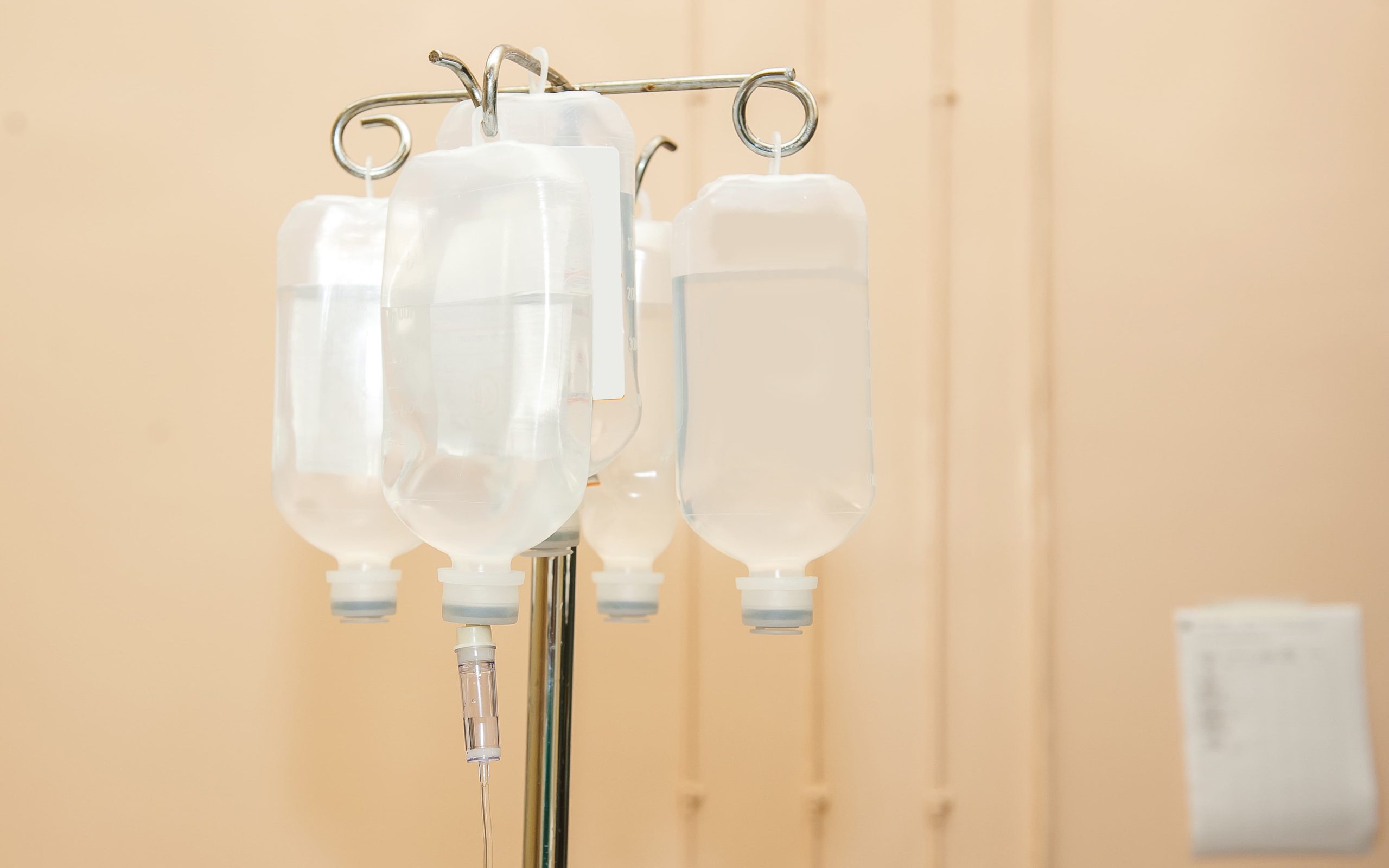
Infusionsbeutel müssen stark, sauber und stabil sein
- Polyvinylchlorid (PVC)
- Anwendungen in der Industrie:
- Bauwesen: Rohre, Fensterrahmen, Draht- und Kabelummantelungen
- Medizinisch: Blutbeutel, Infusionsschläuche
- Automobile: Innenraummaterialien, Türdichtungen
- Leistungsanforderungen:
- Witterungsbeständigkeit und Flammwidrigkeit: In der Bau- und Automobilindustrie muss PVC eine gute UV-Beständigkeit und Flammwidrigkeit aufweisen.
- Flexibilität und Abdichtung: PVC in Medizinprodukten muss Flexibilität und Dichtigkeit gewährleisten, um Leckagen zu vermeiden.
- Die Rolle der Sandstrahlmittel: Durch Sandstrahlen wird die Oberfläche gleichmäßiger, witterungsbeständiger und versiegelter.
- Geeignete Sandstrahlmittel: Quarzsand, Glasperlen, Aluminiumoxid-Strahlmittel
- Polystyrol (PS)
- Anwendungen in der Industrie:
- Lebensmittelverpackungen: Einweggeschirr, Fast-Food-Boxen
- Elektronische Produkte: TV-Gehäuse, Computerzubehör
- Konstruktion: Dämmstoffe, dekorative Materialien
- Leistungsanforderungen:
- Hitzebeständigkeit und Isolierung: Polystyrol in Baumaterialien muss eine gute Isolierung und hohe Temperaturbeständigkeit aufweisen.
- Zähigkeit und Bruchsicherheit: Lebensmittelverpackungen und Gehäuse elektronischer Produkte erfordern eine gute Zähigkeit, um Risse und Zersplitterung zu verhindern.
- Die Rolle der Sandstrahlmittel: Verbesserte Oberflächenfestigkeit und Bruchsicherheit
- Geeignete Sandstrahlmittel: Quarzsand, Glasperlen, Polystyrolkügelchen
- Polyethylenterephthalat (PET)
- Anwendungen in der Industrie:
- Getränkeindustrie: Mineralwasserflaschen, Flaschen für kohlensäurehaltige Getränke
- Textilindustrie: Chemiefasern (wie Polyester)
- Verpackungsindustrie: Lebensmittelverpackungsfolien, pharmazeutische Verpackungen
- Leistungsanforderungen:
- Hohe Transparenz und Luftdichtheit: PET muss in Verpackungen Transparenz und Luftdichtheit gewährleisten.
- Schlagfestigkeit: PET in Getränkeflaschen muss eine gute Schlagfestigkeit aufweisen.
- Die Rolle der Sandstrahlmittel: Sie machen die PET-Oberfläche glatter und gewährleisten die Transparenz und Luftdichtheit der Verpackung.
- Geeignete Sandstrahlmittel: Glasperlen, Aluminiumoxid-Strahlmittel, Polystyrol-Perlen
- Polycarbonat (PC)
- Anwendungen in der Industrie:
- Elektronische Produkte: Mobiltelefongehäuse, Laptopgehäuse
- Optische Industrie: Brillen, CD-Discs
- Bauindustrie: wetterfeste Platten, transparente Dächer
- Leistungsanforderungen:
- Schlagfestigkeit und Transparenz: PC braucht gute Transparenz und Schlagfestigkeit.
- Hohe Temperaturbeständigkeit: Der PC in elektronischen Produkten muss eine hohe Temperaturbeständigkeit aufweisen.
- Die Rolle der Sandstrahlmittel: Beseitigung kleinerer Mängel und Verbesserung der Stoßfestigkeit von PC.
- Geeignete Sandstrahlmittel: Quarzsand, Glasperlen, Aluminiumoxid-Strahlmittel

CD-Discs müssen gegen hohe Temperaturen beständig sein
Duroplastische Kunststoffe
- Phenolharz
- Anwendungen in der Industrie:
- Automobilindustrie: Bremsscheiben, Kupplungsscheiben
- Elektrische Isolierung: Schalter, Steckdosen, Elektrogehäuse
- Leistungsanforderungen:
- Hohe Temperaturbeständigkeit und mechanische Festigkeit: In der Automobilindustrie ist es notwendig, bei hohen Temperaturen und mechanischer Belastung stabil zu bleiben.
- Elektrische Isolierung: In der Elektroindustrie muss es eine gute elektrische Isolierung aufweisen.
- Die Rolle der Sandstrahlmittel: Das Sandstrahlverfahren kann die Oberflächenstruktur von Phenolharz verbessern und seine Leistungsfähigkeit bei hohen Temperaturen und starker Beanspruchung erhöhen.
- Geeignete Sandstrahlmittel: Quarzsand, Glasperlen, Aluminiumoxid-Strahlmittel
- Epoxidharz
- Anwendungen in der Industrie:
- Elektronikverpackung: Verpackung von integrierten Schaltkreisen, Schutz von Leiterplatten
- Klebstoffe: Baukonstruktionsklebstoffe, Industrieklebstoffe
- Leistungsanforderungen:
- Korrosionsbeständigkeit und Adhäsion: Epoxidharz muss eine ausgezeichnete chemische Korrosionsbeständigkeit und Haftung aufweisen, um seine Stabilität in verschiedenen Anwendungen zu gewährleisten.
- Die Rolle der Sandstrahlmittel: Verbesserung der Oberflächenhaftung und -reinheit, was bei elektronischen Verpackungen wichtig ist.
- Geeignete Sandstrahlmittel: Quarzsand, Glasperlen, Aluminiumoxid-Strahlmittel
- Polyurethan (PU)
- Anwendungen in der Industrie:
- Möbelindustrie: Matratzen, Sofafüllungen
- Schuhe: Zwischensohlen für Sportschuhe, Einlegesohlen
- Beschichtungen und Dichtstoffe: Bautenanstrichmittel, wasserfeste Beschichtungen
- Leistungsanforderungen:
- Weichheit und Verschleißfestigkeit: Bei Möbeln und Schuhen muss Polyurethan weich sein und eine gute Verschleißfestigkeit aufweisen.
- Witterungsbeständigkeit und Wasserdichtigkeit: Bei der Verwendung in Beschichtungen und Dichtstoffen muss PU in Außenbereichen witterungsbeständig sein.
- Die Rolle der Sandstrahlmittel: Verbesserung der Oberflächenglätte und Verschleißfestigkeit. Durch Sandstrahlen wird die Oberfläche von PU-Materialien gleichmäßiger und glatter, und die Haltbarkeit und der Komfort von Möbeln und Schuhen werden verbessert.
- Geeignete Sandstrahlmittel: Quarzsand, Glasperlen, Polystyrolkügelchen
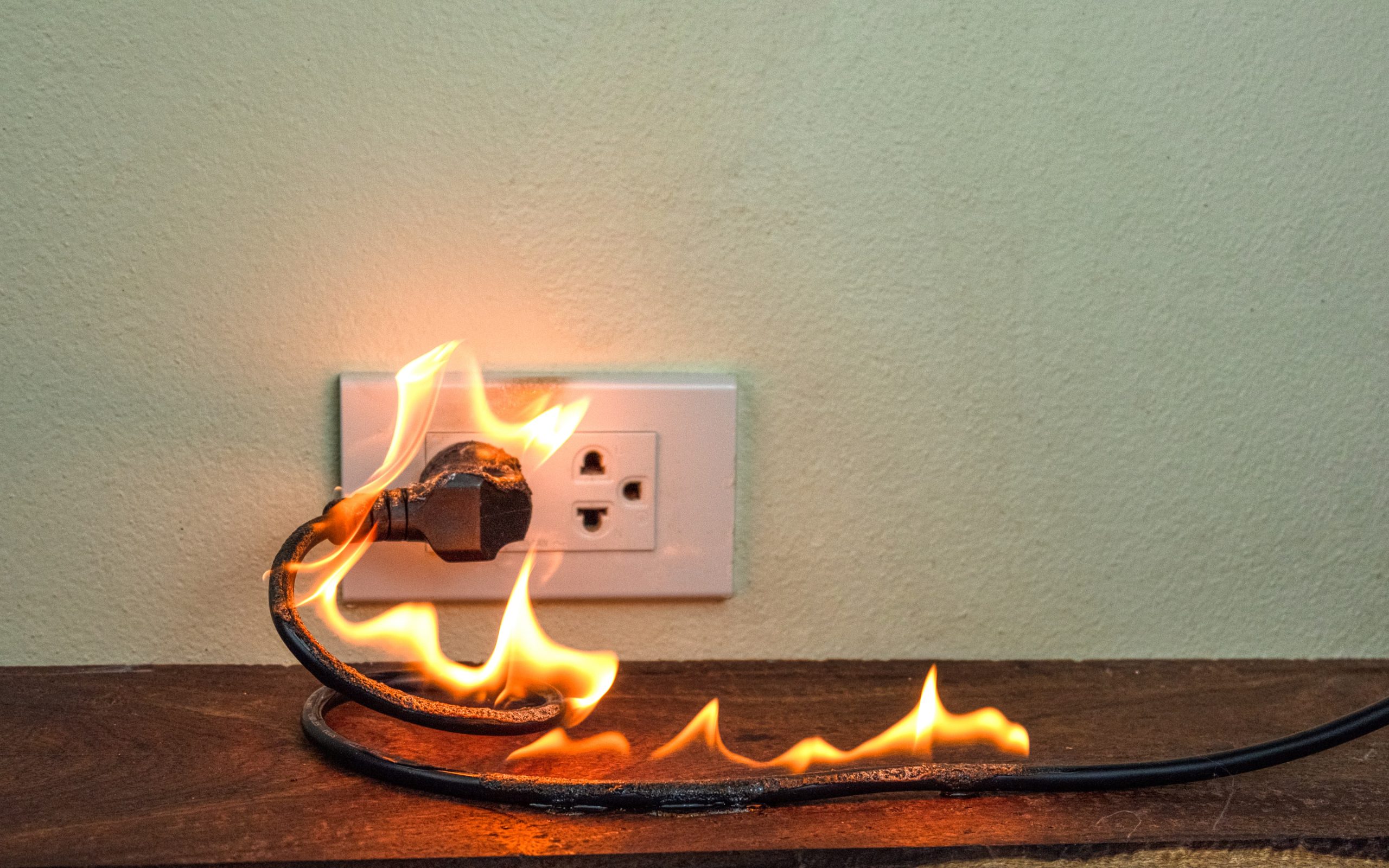
Die Steckdose muss eine gute elektrische Isolierung aufweisen
Technische Kunststoffe
Polyamid (Nylon, PA)
- Anwendungen in der Industrie:
- Mechanische Teile: Zahnräder, Lager, Riemenscheiben
- Textilindustrie: Nylonfasern (z. B. Nylonseile, Fischernetze)
- Leistungsanforderungen:
- Hohe Verschleißfestigkeit und Ermüdungsbeständigkeit: Bei mechanischen Anwendungen muss Nylon eine extrem hohe Verschleiß- und Ermüdungsbeständigkeit aufweisen und hohen Belastungen standhalten können.
- Die Rolle der Sandstrahlmittel: Verringern Sie die Konzentration von Oberflächenspannungen, verlängern Sie die Lebensdauer von Nylonteilen und gewährleisten Sie deren Haltbarkeit unter hoher Belastung.
- Geeignete Sandstrahlmittel: Quarzsand, Glasperlen, Aluminiumoxid-Strahlmittel
- Polytetrafluorethylen (PTFE)
- Anwendungen in der Industrie:
- Chemische Ausrüstung: korrosionsbeständige Auskleidung, Dichtungen
- Lebensmittelverarbeitung: Antihaftbeschichtung von Pfannen, Backblech
- Leistungsanforderungen:
- Hohe Korrosionsbeständigkeit und Antihafteigenschaften: PTFE-Materialien müssen korrosionsbeständig sein und über hervorragende Antihafteigenschaften in der Lebensmittelverarbeitung und in chemischen Anlagen verfügen.
- Die Rolle der Sandstrahlmittel: Verbesserung der Glätte und der Antihafteigenschaften der PTFE-Oberfläche, um sicherzustellen, dass die Leistung in einer korrosiven Umgebung stabil bleibt.
- Geeignete Sandstrahlmittel: Glasperlen, Polystyrolperlen, Aluminiumoxid-Strahlmittel
Allgemeine Einführung zum Sandstrahlen
- Physikalische Eigenschaften:
- Materialzusammensetzung: winzige Partikel aus Nylon 6 (Polyamid 6), mit geringer Härte und relativ weich.
- Farbe und Form: Die Partikel sind zylindrisch oder hexaedrisch, mit reichen und unterschiedlichen Farben.
- Haltbarkeit: gute Haltbarkeit, kann mehrfach verwendet werden, und weniger Staubentwicklung.
- Chemische Eigenschaften:
- Beständigkeit gegen hohe und niedrige Temperaturen, kann sich jedoch bei extrem hohen Temperaturen verformen.
- Korrosionsbeständigkeit: hat einen gewissen Grad an Korrosionsbeständigkeit gegenüber den meisten Chemikalien, aber die Leistung kann in stark sauren und alkalischen Umgebungen abnehmen.
- Wirtschaftlicher Nutzen:
- Nutzungskosten: moderate Kosten, gute Haltbarkeit und niedrige langfristige Nutzungskosten.
- Produktionseffizienz: hohe Verarbeitungseffizienz, geeignet für die Produktion in großem Maßstab.
- Umweltfreundlich: Nylon 6 kann recycelt werden und hat eine gute Umweltbilanz.
- Ungiftig und unbedenklich: sicher bei normalem Gebrauch und unbedenklich für den menschlichen Körper.
- Funktionen und Anwendungen:
- Funktionen: Hauptsächlich für die Reinigung und das leichte Polieren von Kunststoffoberflächen verwendet, die eine gute Oberflächenbehandlung ohne Beschädigung des Materials ermöglichen.
- Industrieanwendungen: Geeignet zum Sandstrahlen verschiedener Kunststoffe, insbesondere zum Feinreinigen und Polieren von Kunststoffen wie PP, PE, PS. Häufig verwendet bei Gehäusen von elektronischen Produkten, Innenräumen von Kraftfahrzeugen und anderen Kunststoffteilen, die eine empfindliche Bearbeitung erfordern.
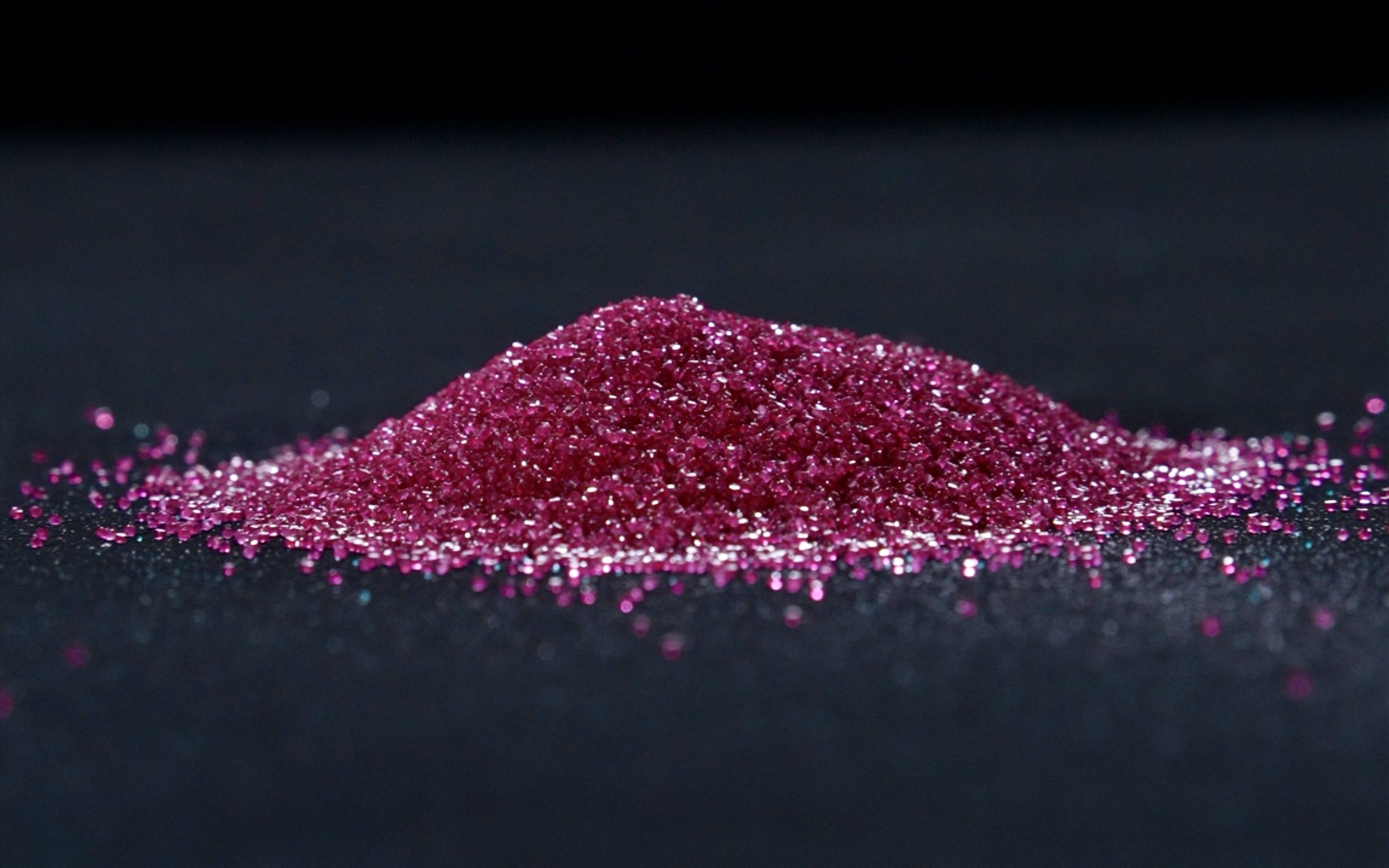
HLHs roter Nylonsand
- Quarzsand
- Physikalische Eigenschaften:
- Materialzusammensetzung: Hauptsächlich bestehend aus Siliziumdioxid (SiO₂), einem natürlichen Mineral mit guter Härte und Verschleißfestigkeit.
- Farbe und Form: hellgelb bis weiß, unregelmäßige Form, die Partikelgröße und -form kann je nach Bedarf angepasst werden.
- Langlebigkeit: verschleißt schnell und muss regelmäßig ersetzt werden.
- Chemische Eigenschaften:
- Hohe Temperaturbeständigkeit, geeignet für den Einsatz in Umgebungen mit hohen Temperaturen.
- Es weist eine gewisse Toleranz gegenüber den meisten Säuren und Laugen auf, kann aber in stark säure- und laugenhaltiger Umgebung korrodieren.
- Wirtschaftlicher Nutzen:
- Kosten der Nutzung: Die Anschaffungskosten sind niedrig, aber sie müssen regelmäßig ersetzt werden, und die langfristigen Nutzungskosten sind moderat.
- Produktionseffizienz: Es kann die Oberfläche schnell bearbeiten, aber aufgrund seiner Abrasivität kann die Bearbeitungseffizienz mit der Nutzungsdauer abnehmen.
- Umweltfreundlich: Natürliche Mineralien, umweltfreundlicher.
- Ungiftig und harmlos: Sicher bei normalem Gebrauch, aber Staub kann die Atemwege reizen.
- Funktionen und Anwendungen:
- Funktion: Hauptsächlich verwendet, um Oberflächenschmutz, Oxidschicht und alte Beschichtung zu entfernen, geeignet für das Aufrauen harter Materialien.
- Anwendung in der Industrie: Weit verbreitet beim Sandstrahlen von harten Materialien wie Metall, Glas und Keramik. Kunststoffe werden weniger verwendet, aber sie können auch eine Rolle beim Aufrauen der Oberfläche von Kunststoffen oder beim Entfernen von Oberflächenbeschichtungen spielen.
- Polystyrol-Perlen(Klick hier zur Ansicht)
- Physikalische Eigenschaften:
- Materialzusammensetzung: winzige Partikel aus synthetischem Polystyrol, mit geringer Härte, geeignet für die Bearbeitung weicherer Materialien.
- Farbe und Form: meist rund, durchsichtig weiß.
- Langlebigkeit: gute Haltbarkeit, kann mehrfach verwendet werden.
- Chemische Eigenschaften:
- Beständig gegen bestimmte hohe und niedrige Temperaturen
- Hat eine gewisse Beständigkeit gegen chemische Korrosion, kann aber in stark sauren und alkalischen Umgebungen beeinträchtigt werden.
- Wirtschaftlicher Nutzen:
- Nutzungskosten: günstige Anschaffungskosten, gute Haltbarkeit, niedrige langfristige Nutzungskosten.
- Produktionseffizienz: gute Behandlungswirkung, kann die Produktionseffizienz verbessern.
- Umweltfreundlich: Das Material ist recycelbar, doch kann es bei der Herstellung zu gewissen Umweltbelastungen kommen.
- Ungiftig und unbedenklich: sicher, ungiftig und unbedenklich für den menschlichen Körper.
- Funktionen und Anwendungen:
- Funktion: geeignet für die Feinbearbeitung von Kunststoffoberflächen, um glatte und glänzende Effekte zu erzielen.
- Anwendungen in der Industrie: zum Reinigen und Polieren von Kunststoffen, die eine Feinbearbeitung erfordern, wie z. B. PP, PE, PS, usw., um die Oberflächengüte zu verbessern.
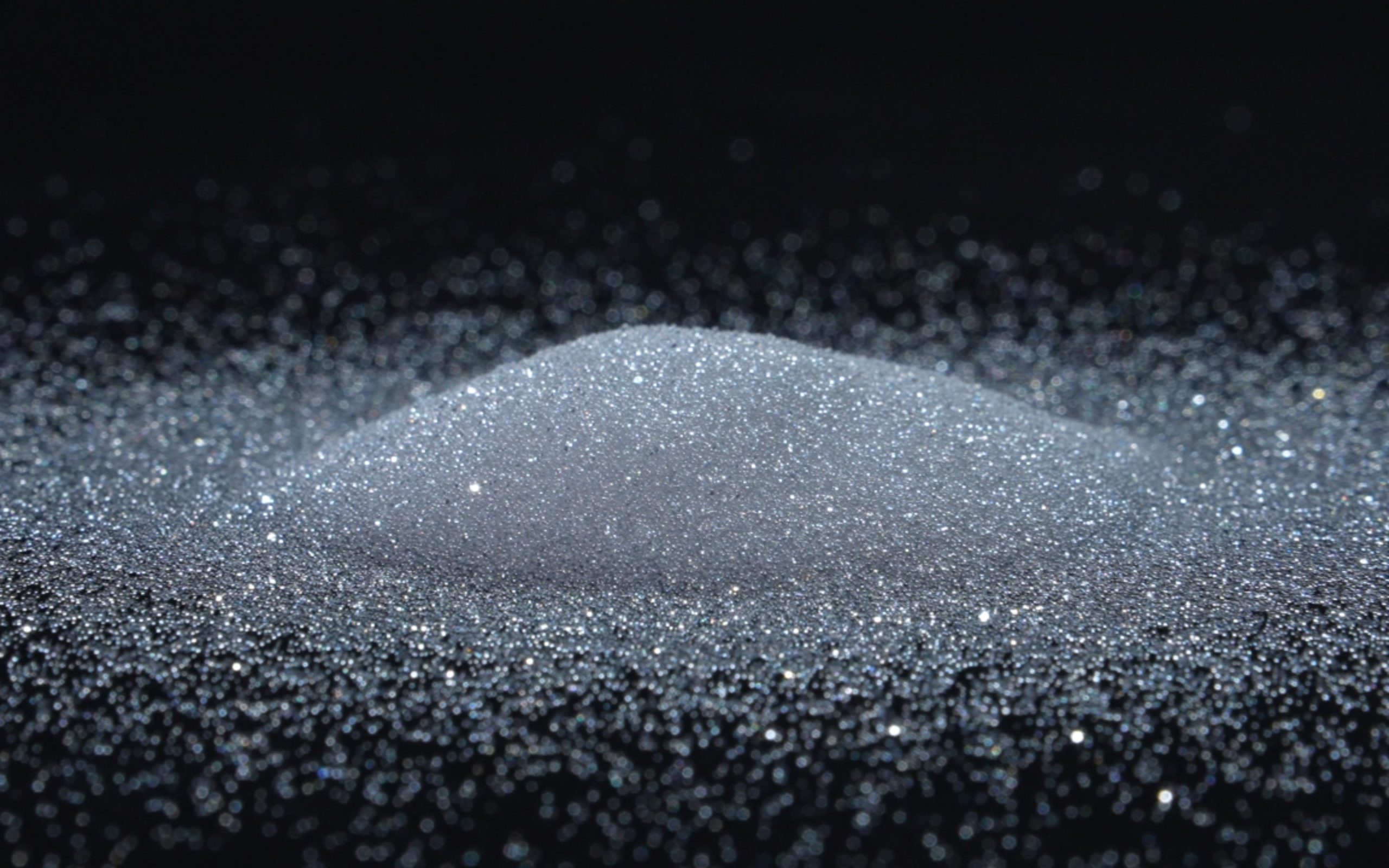
Polystyrol-Entgratungsperlen von HLH
- Glasperlen
- Physikalische Eigenschaften
- Materialzusammensetzung: Es besteht aus runden Glaspartikeln, in der Regel Silikatglas, mit mittlerer Härte, das die behandelte Oberfläche nicht übermäßig abnutzt.
- Farbe und Form: Transparent oder transluzent, rund.
- Langlebigkeit: Gute Haltbarkeit und kann viele Male verwendet werden.
- Chemische Eigenschaften:
- Beständigkeit gegen hohe und niedrige Temperaturen
- Gewisse Beständigkeit gegen chemische Korrosion, kann jedoch in stark sauren und alkalischen Umgebungen beeinträchtigt werden.
- Wirtschaftlicher Nutzen:
- Kosten der Nutzung: Gute Haltbarkeit und niedrige langfristige Nutzungskosten.
- Produktionseffizienz: Hochwertige Oberflächenpolierwirkung und verbesserte Produktionseffizienz.
- Umweltfreundlich: Relativ umweltfreundlich, da Glasmaterialien recycelt und wiederverwendet werden können.
- Ungiftig und harmlos: Sicher, ungiftig und nicht schädlich für den menschlichen Körper.
- Funktionen und Anwendungen:
- Funktion: Hauptsächlich zum Polieren der Oberfläche, um eine glatte Oberflächenbehandlung zu erreichen.
- Anwendung in der Industrie: Weit verbreitet zum Polieren und Reinigen von Materialien wie Metallen, Kunststoffen und Beton, geeignet für die Bearbeitung von PET- und PC-Materialien.
- Aluminiumoxid-Strahlmittel
- Physikalische Eigenschaften:
- Materialzusammensetzung: Partikel aus Aluminium und Sauerstoff, sehr verschleißfest und hohe Härte.
- Farbe und Form: weiß oder braun, die Form ist meist unregelmäßig, kann aber auch kugelförmig gestaltet werden.
- Langlebigkeit: extrem langlebig und vielseitig verwendbar.
- Chemische Eigenschaften:
- Beständigkeit gegen hohe und niedrige Temperaturen
- Korrosionsbeständigkeit: gute Beständigkeit gegen die meisten chemischen Korrosionsarten.
- Wirtschaftlicher Nutzen:
- Nutzungskosten: hohe Anschaffungskosten, aber aufgrund der Langlebigkeit sind die langfristigen Nutzungskosten moderat.
- Produktionseffizienz: kann schnell und effektiv die Oberfläche behandeln, mit hoher Produktionseffizienz.
- Umweltfreundlich: Das Material ist recycelbar und hat eine gute Umweltbilanz.
- Ungiftig und unbedenklich: Sicher bei normalem Gebrauch, ungiftig und unbedenklich.
- Funktionen und Anwendungen:
- Funktion: Zur starken Entfernung von Oberflächenschmutz, Oxidschicht und alten Beschichtungen bei gleichzeitiger Erhöhung der Oberflächenhärte.
- Anwendung in der Industrie: weit verbreitet beim Sandstrahlen von Metallen, Keramik und technischen Kunststoffen, besonders geeignet für die Bearbeitung von hochharten Kunststoffen wie technischen Kunststoffen.
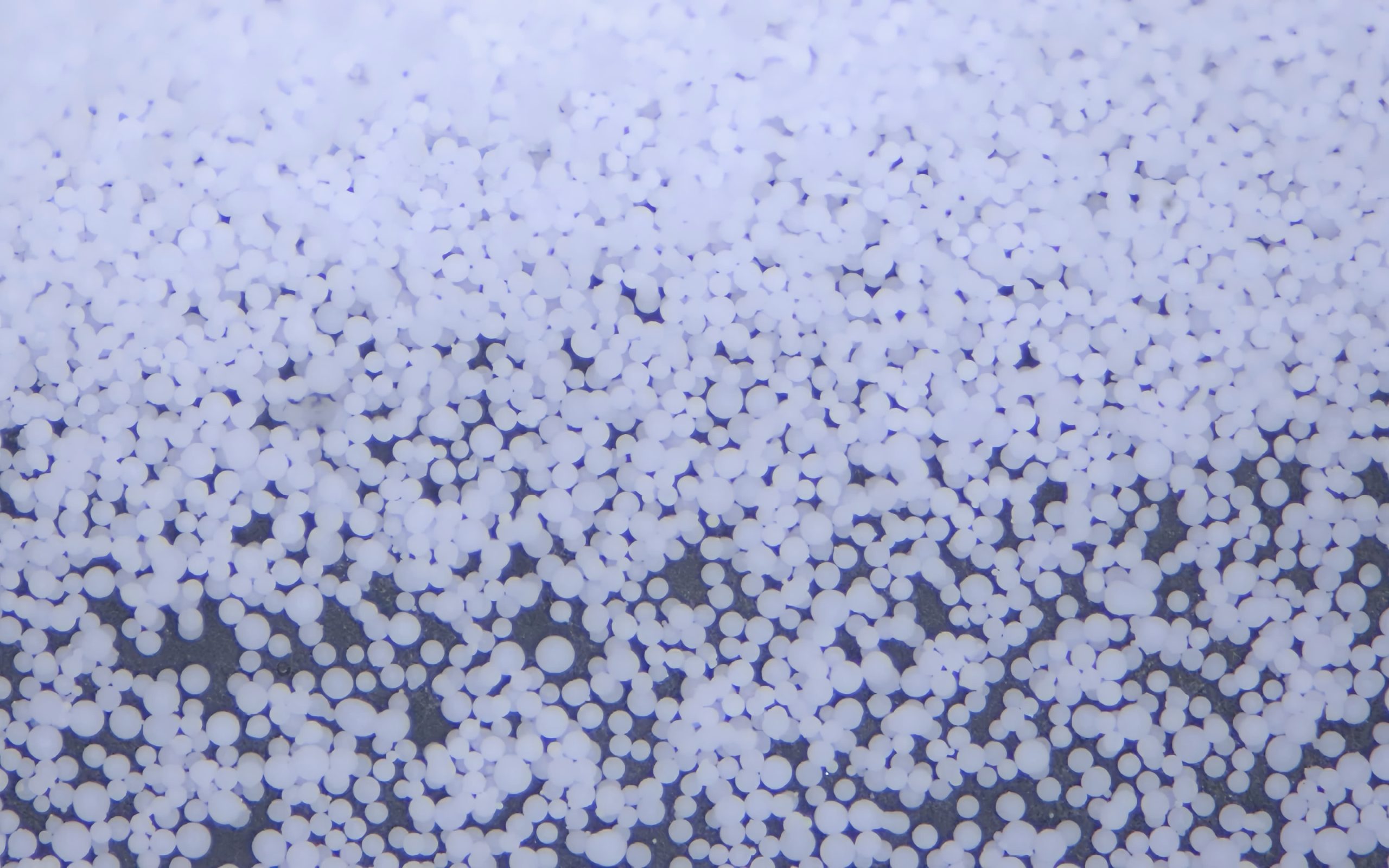
Ultrafeine Aluminiumoxid-Strahlmittel von HLH
Zusammenfassend lässt sich sagen, dass die Wahl des richtigen Sandstrahlmittels entscheidend für die Wirkung des Kunststoff-Sandstrahlens ist. Durch ein detailliertes Verständnis der physikalischen und chemischen Eigenschaften, der wirtschaftlichen Vorteile und der funktionalen Anwendungen der verschiedenen Medien können wir bessere Lösungen für die verschiedenen Anforderungen bei der Kunststoffverarbeitung anbieten. Jedes Sandstrahlmedium hat seine eigenen einzigartigen Vorteile und Anwendungsszenarien, die die Oberflächenbehandlung von Kunststoffprodukten erheblich verbessern können. Ganz gleich, ob Sie die Glätte der Kunststoffoberfläche verbessern oder ihre Haltbarkeit erhöhen wollen, die Kenntnis und Auswahl des richtigen Sandstrahlmittels wird Ihnen helfen, die besten Ergebnisse bei verschiedenen Anwendungen zu erzielen.
Ich hoffe, dass dieser Artikel Ihnen wertvolle Einsichten vermitteln kann, die Ihnen helfen, klügere Entscheidungen beim Kunststoff-Sandstrahlen zu treffen. Die Welt des Kunststoff-Sandstrahlens ist viel reicher, als wir es uns vorgestellt haben. Lassen Sie uns weiterhin mehr Möglichkeiten erkunden, die diese Technologie mit sich bringt!



